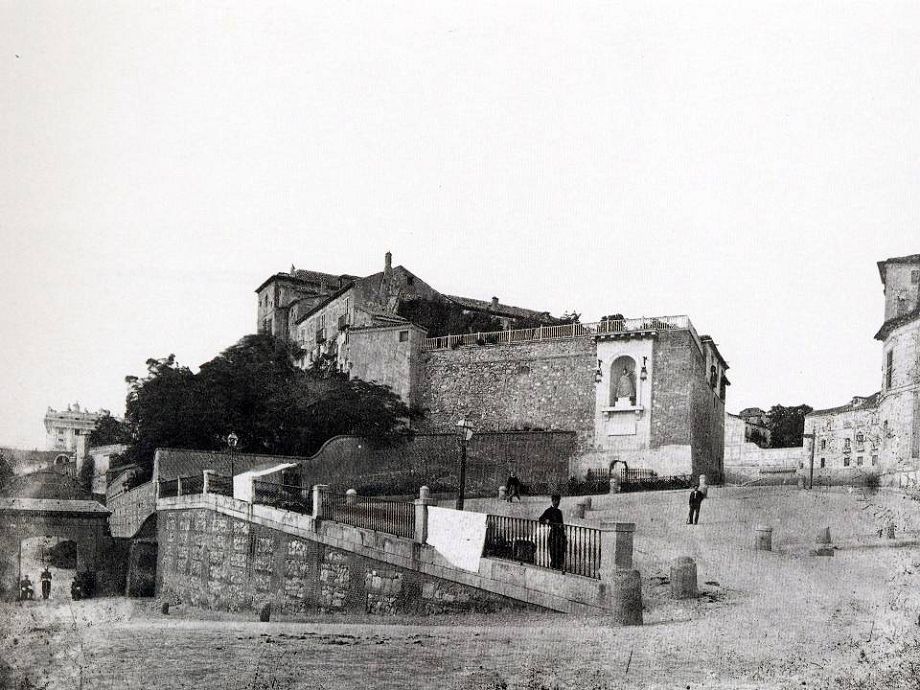
Today we want to look at something in which the rush or because it is hidden, we never repair: the Cuesta de la Vega. In addition to being a street in Madrid full of great beauty and delight for cyclists and scooter children, it turns out that it houses a piece of the history of Mayrit (Madrid) rather than succulent.
The Cuesta de la Vega in Madrid extends over one of the ravines that served as a natural defense to the Muslim citadel of Mayrit. Follow the east-west direction and, after saving a steep slope, communicates the main street with the Manzanares river valley. It starts next to the neo-Romanesque crypt of the Almudena Cathedral and, bordering the fence of the Campo del Moro gardens, arrives at the Park of Athens, in the area of influence of Segovia street.
It takes its name from the missing Puerta de la Vega, one of the three accesses that had the old Arab wall. This construction was erected during the Islamic domination of the Iberian Peninsula, on an undetermined date between the years 860 and 880. It defended the almudaina, which can be considered as the founding core of the city. It was erected by the Cordoba emir Muhammad I (852-886) to ensure the defense of Toledo against Christian incursions from the northern peninsula.
Different scattered remains are preserved from this walled enclosure. The most important are in the Cuesta de la Vega and consist of a limestone and flint canvas, approximately 120 m long, where the usual patterns of Andalusian military architecture are appreciated: towers with a quadrangular plan, set sail in the base, and with a slightly outgoing arrangement with respect to the main wall.
In the subsoil of the Plaza de la Armería there is another section of wall, about 70 m long. It was discovered between 1999 and 2000.3 during the construction works of the Museum of Royal Collections, which, once completed, will house different funds belonging to National Heritage, including those deposited in the current Carriage Museum.
Also on this street was the palace of the Cuesta de la Vega built as the residence of the infant Maria Teresa, sister of Alfonso XIII and her husband, Fernando de Baviera.


